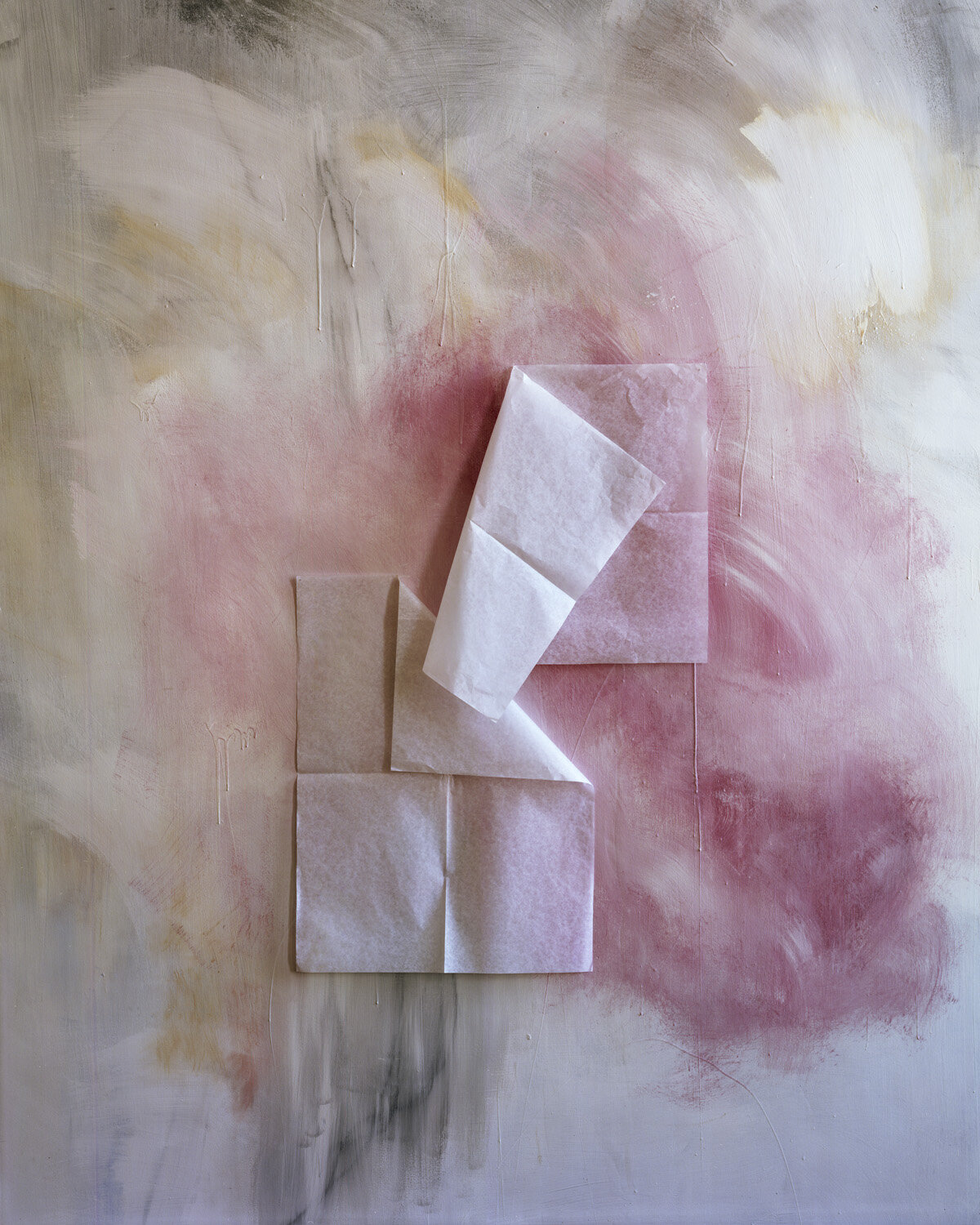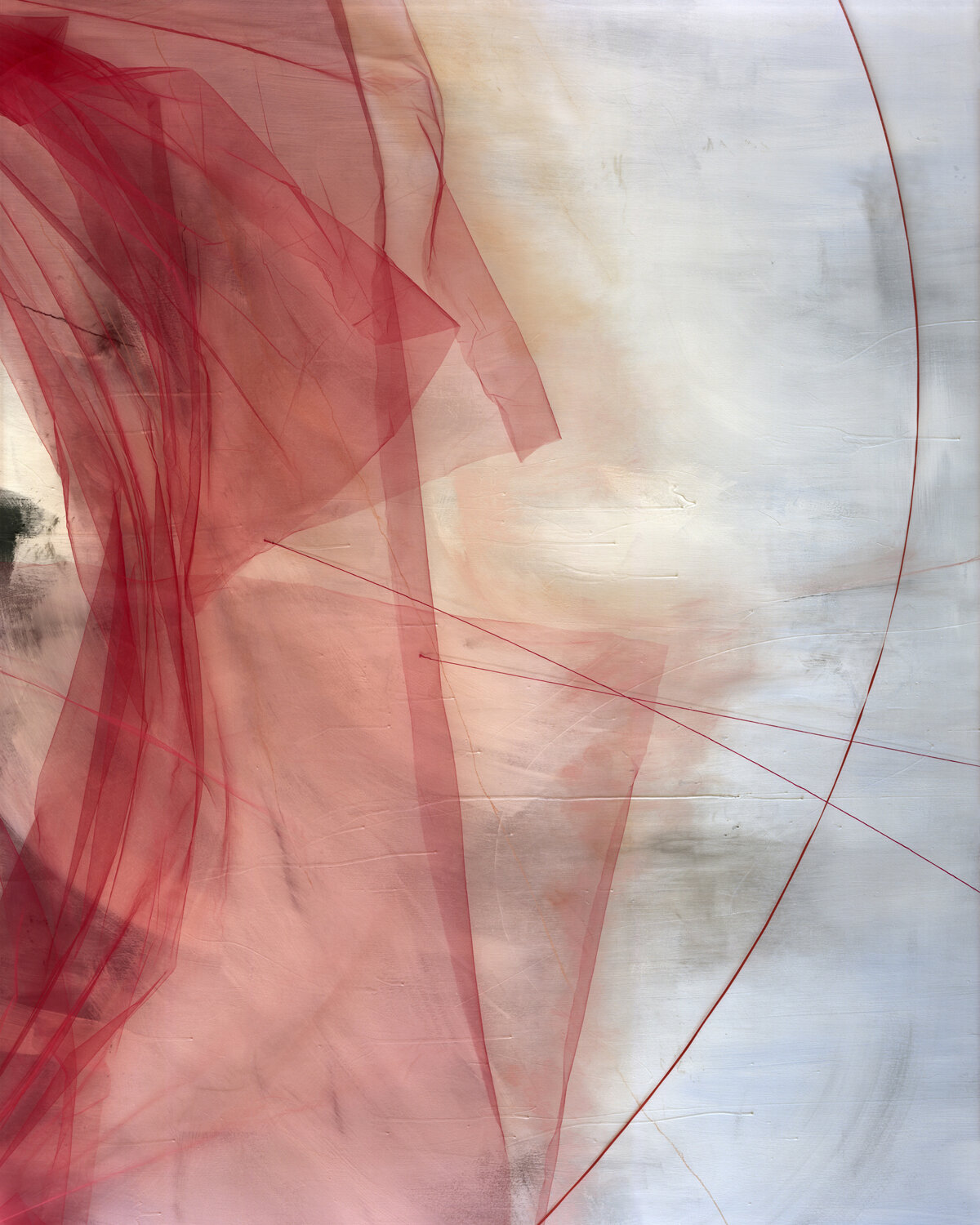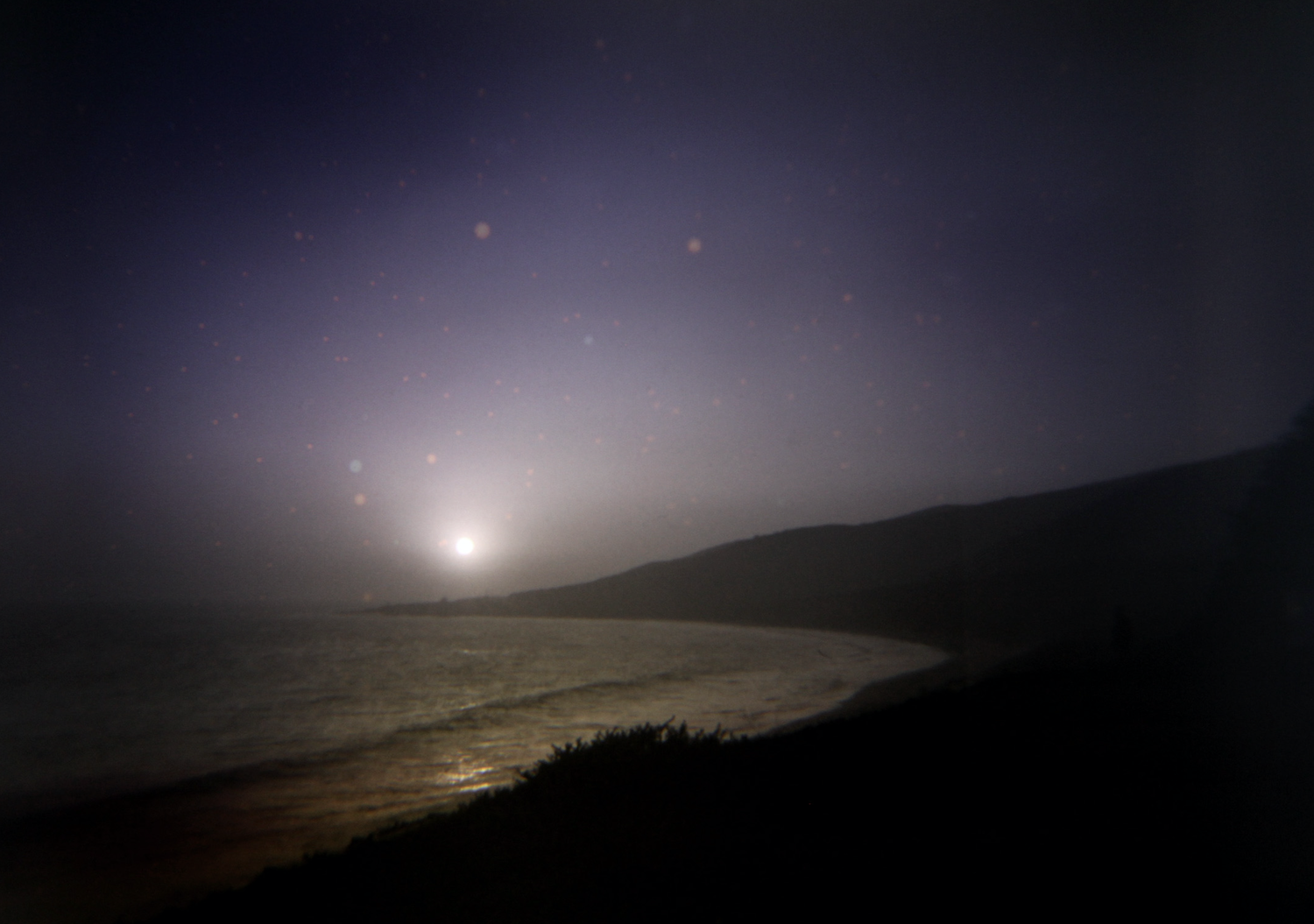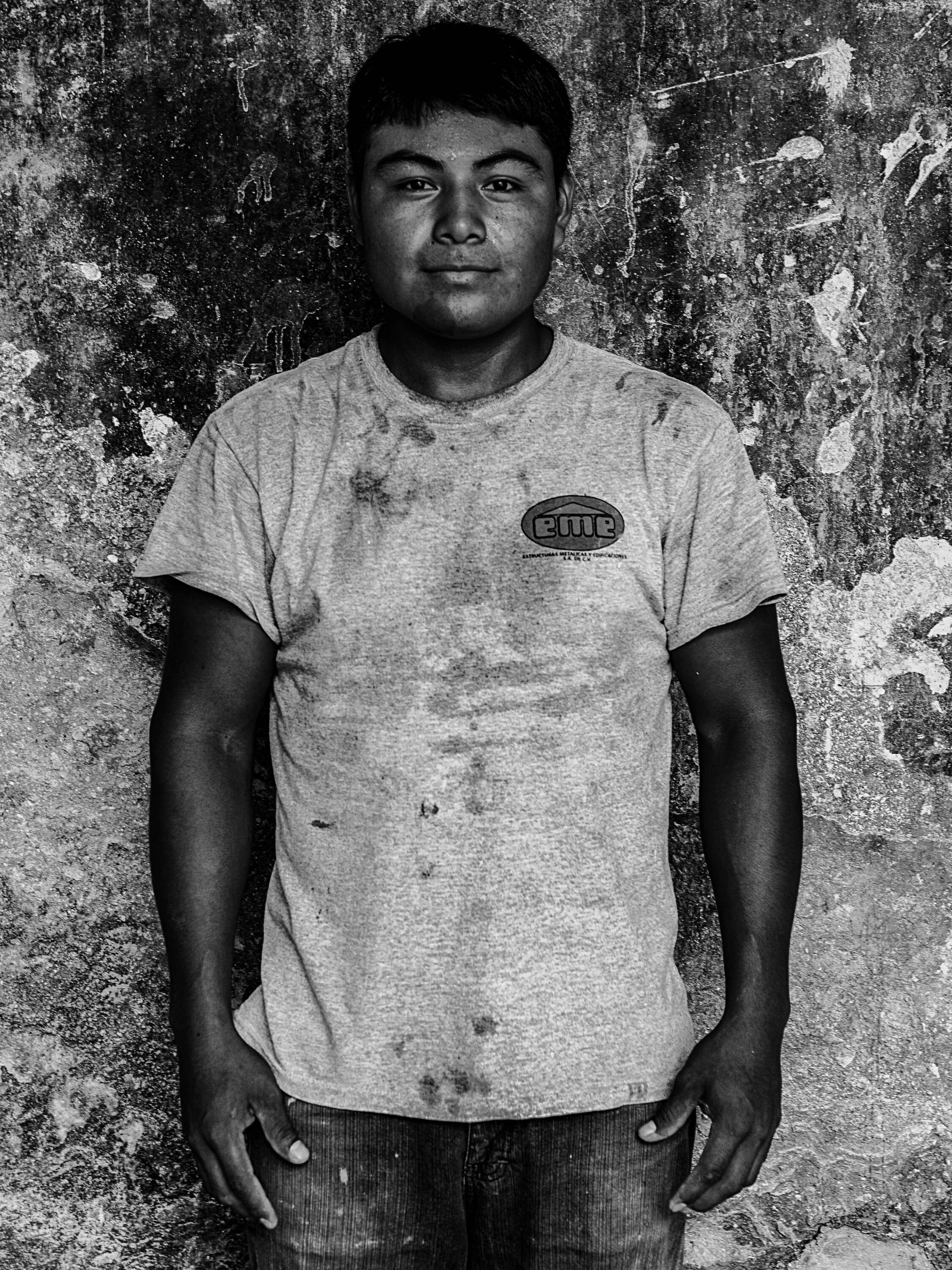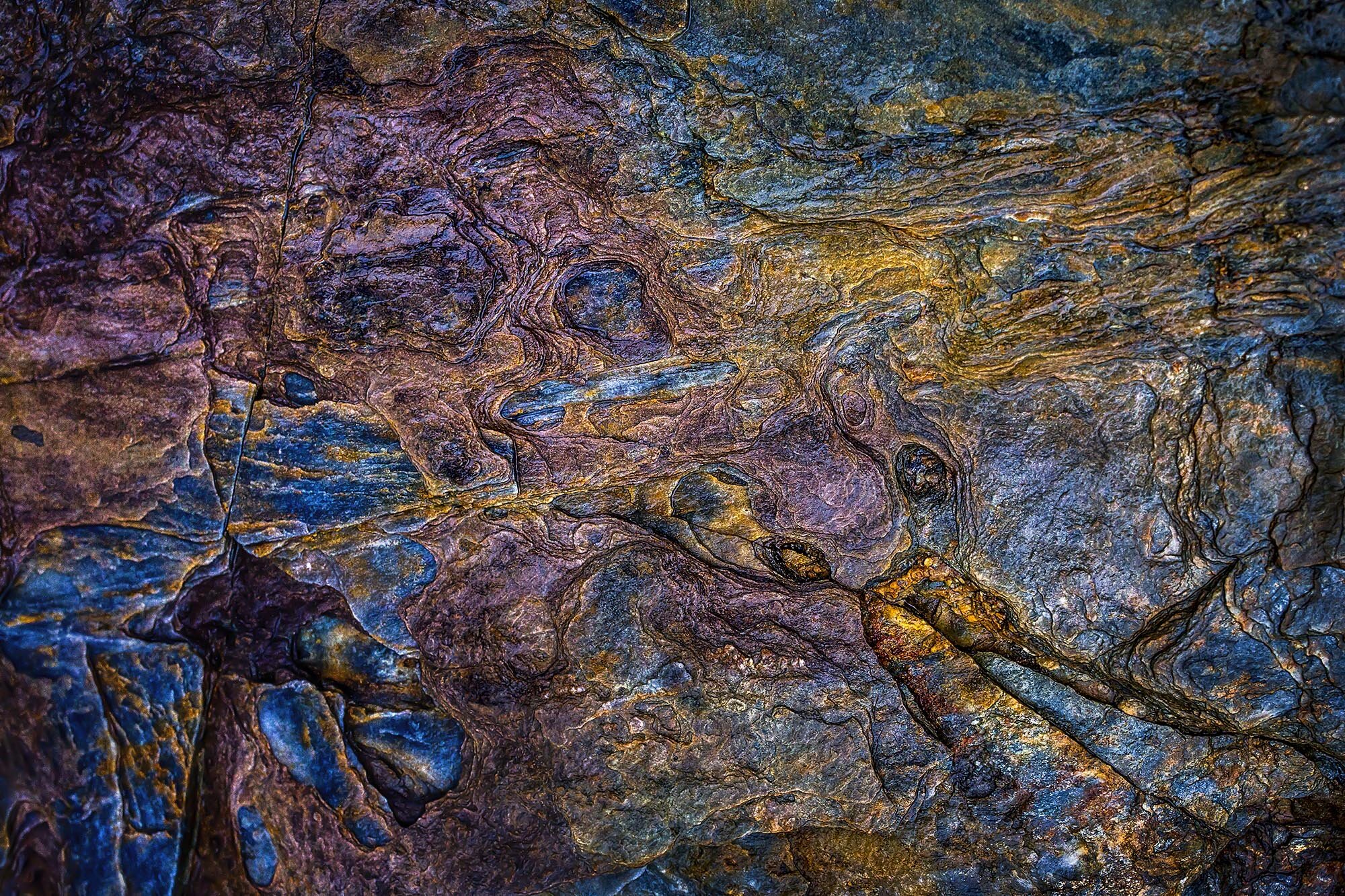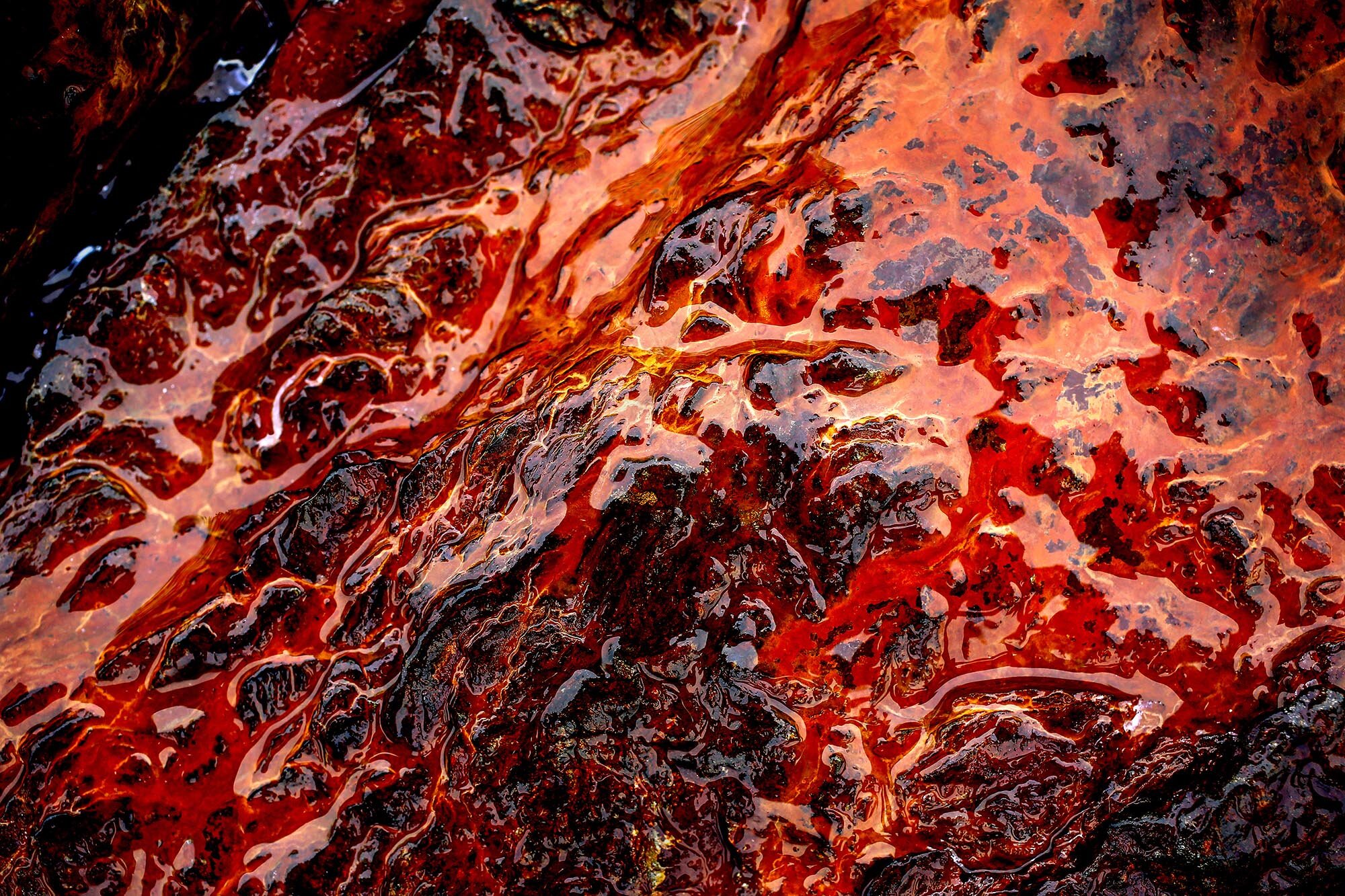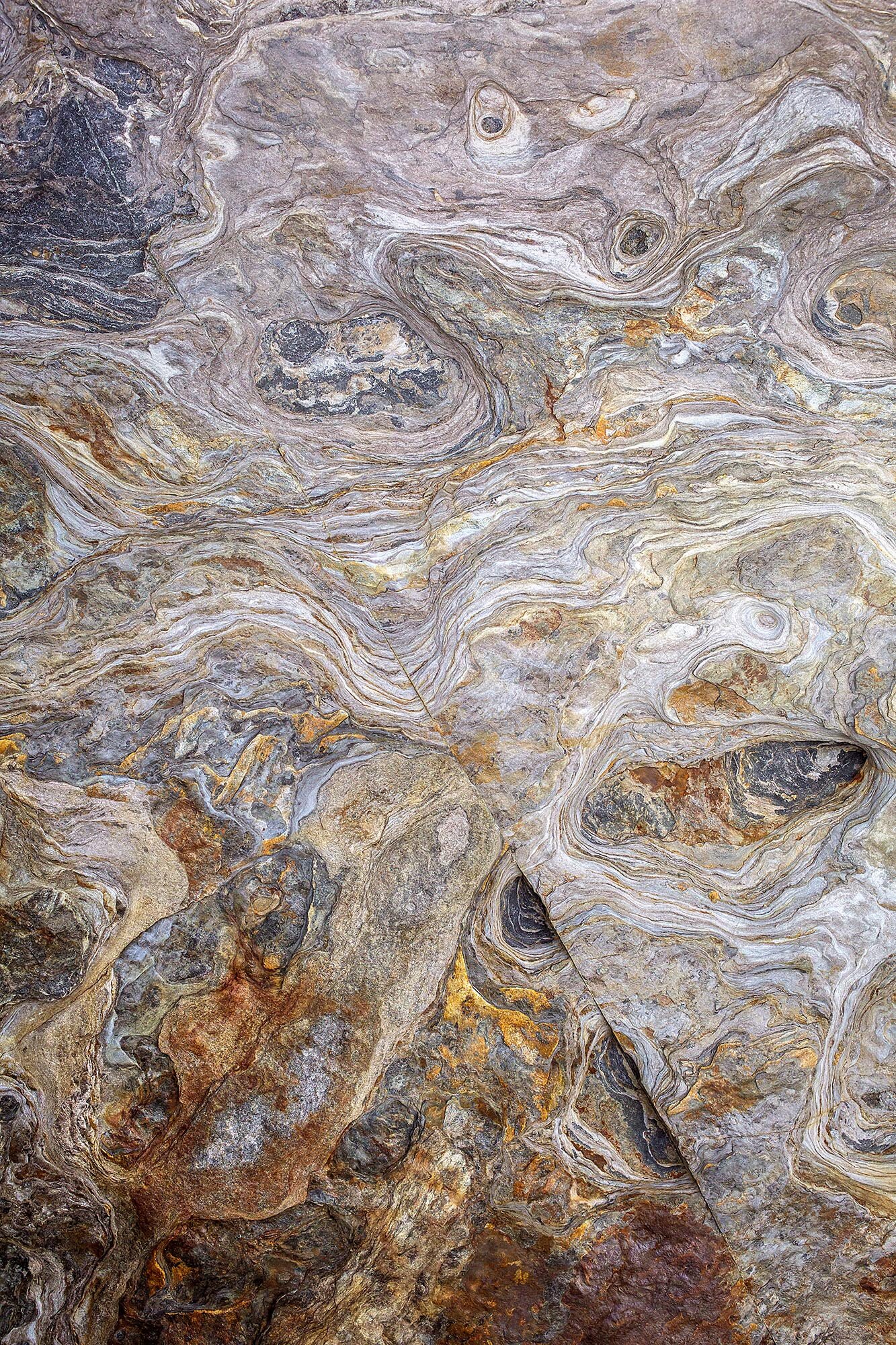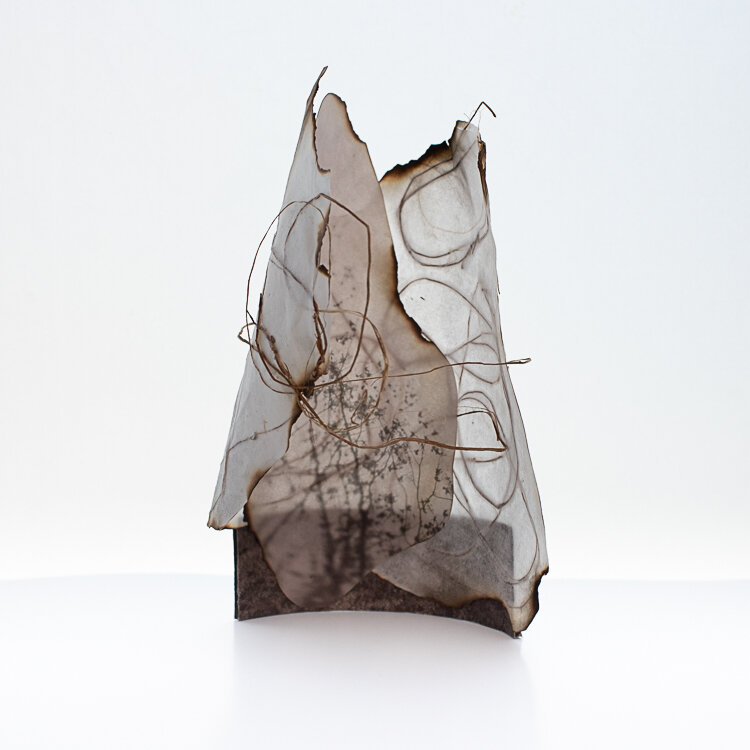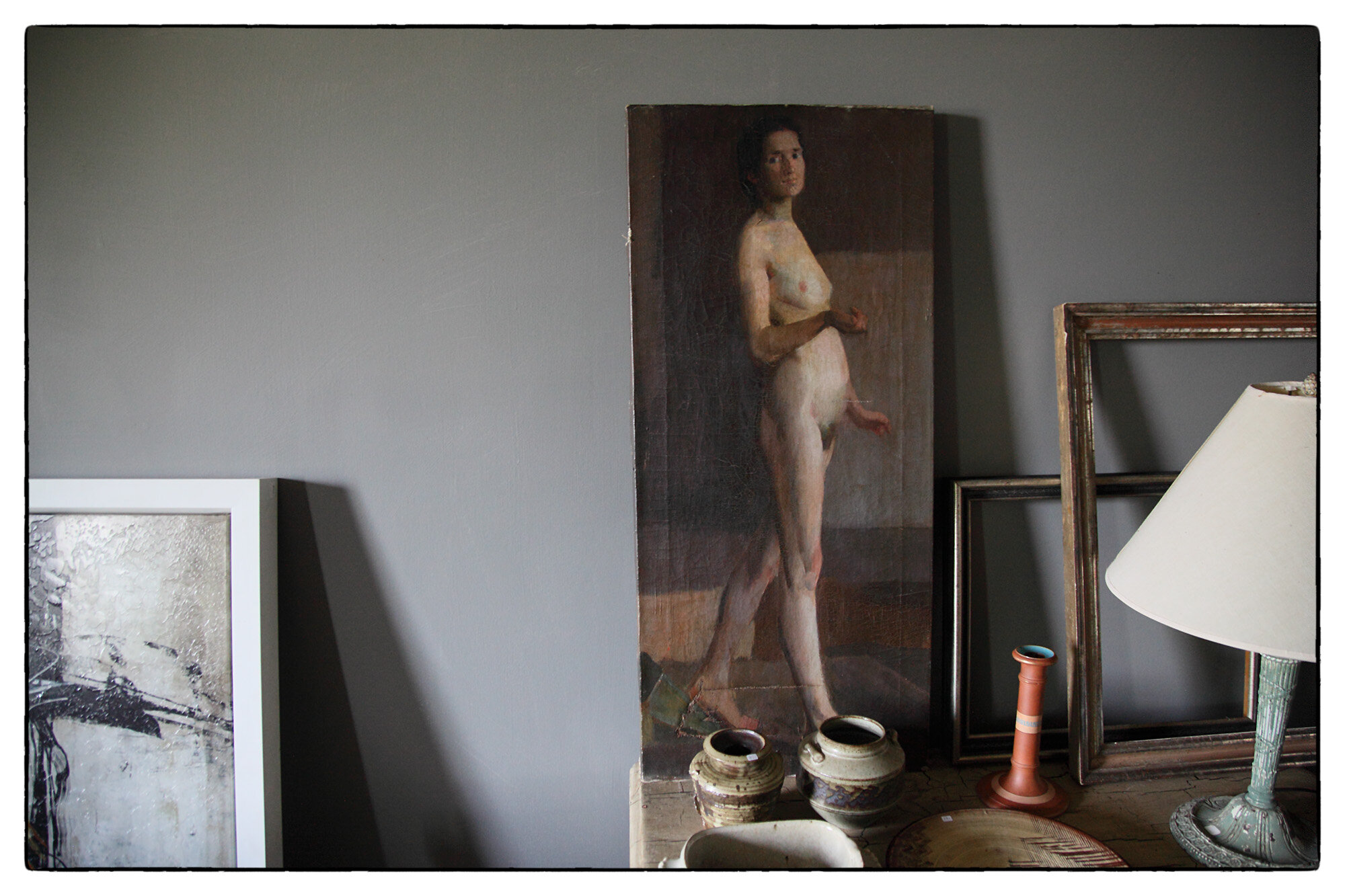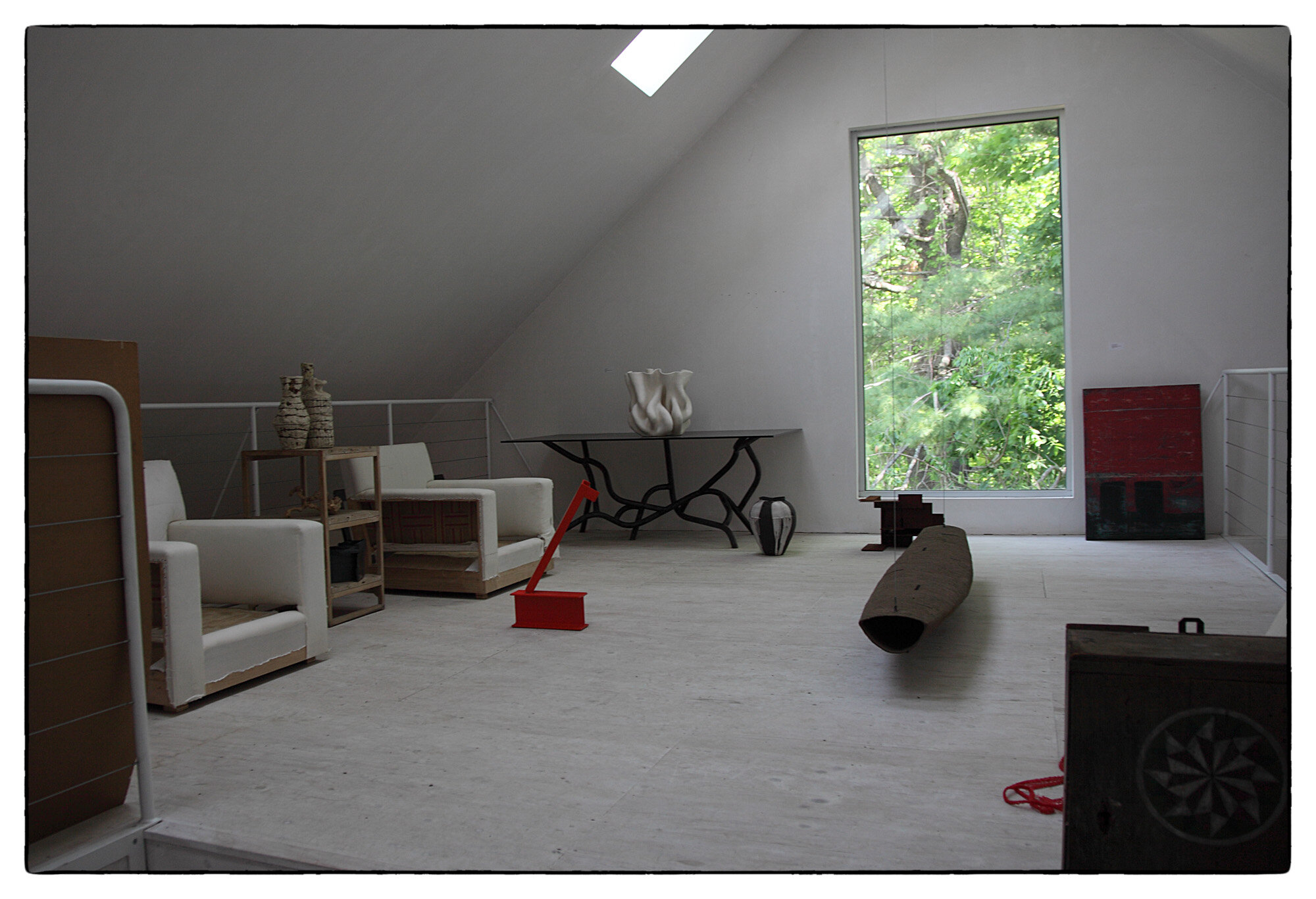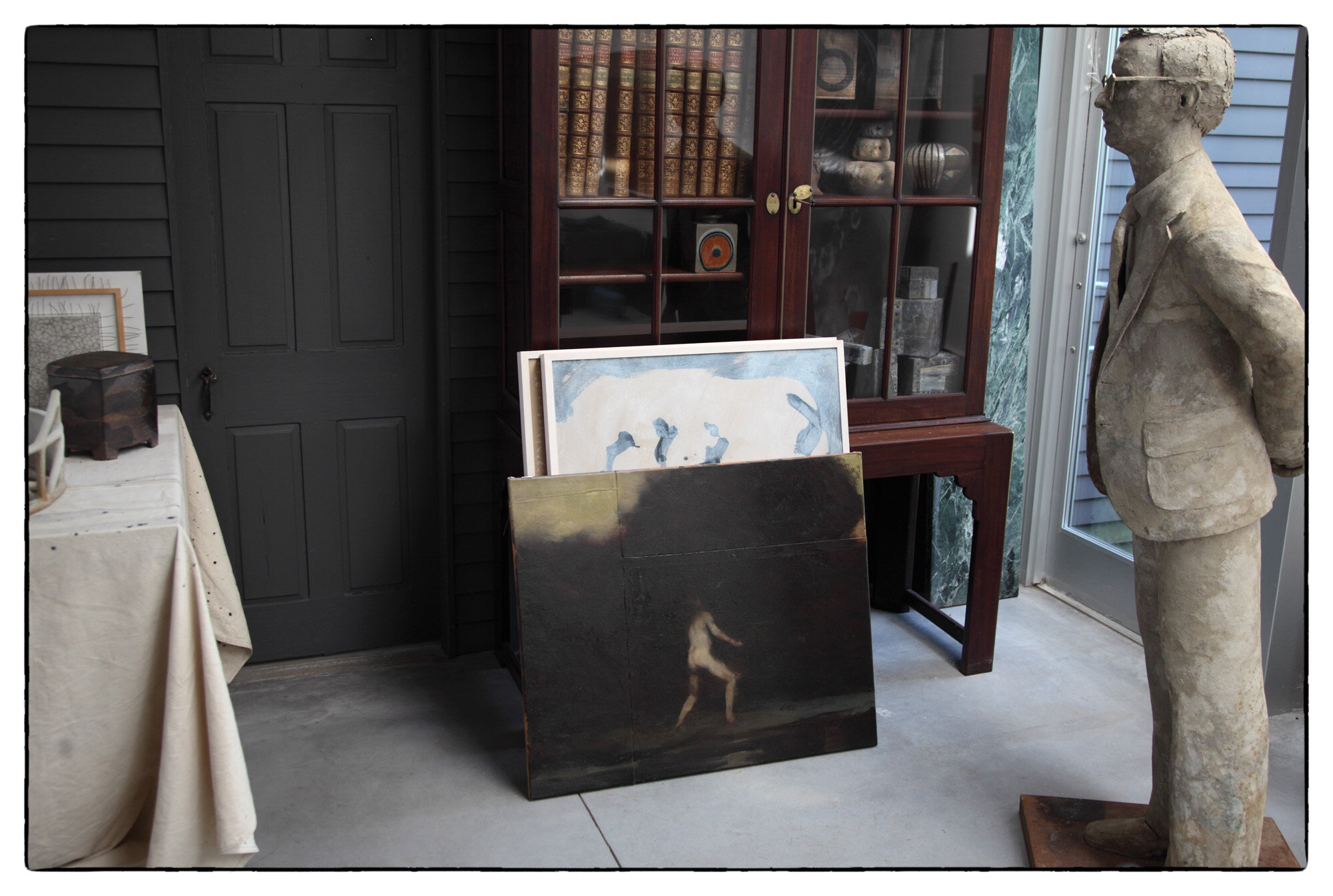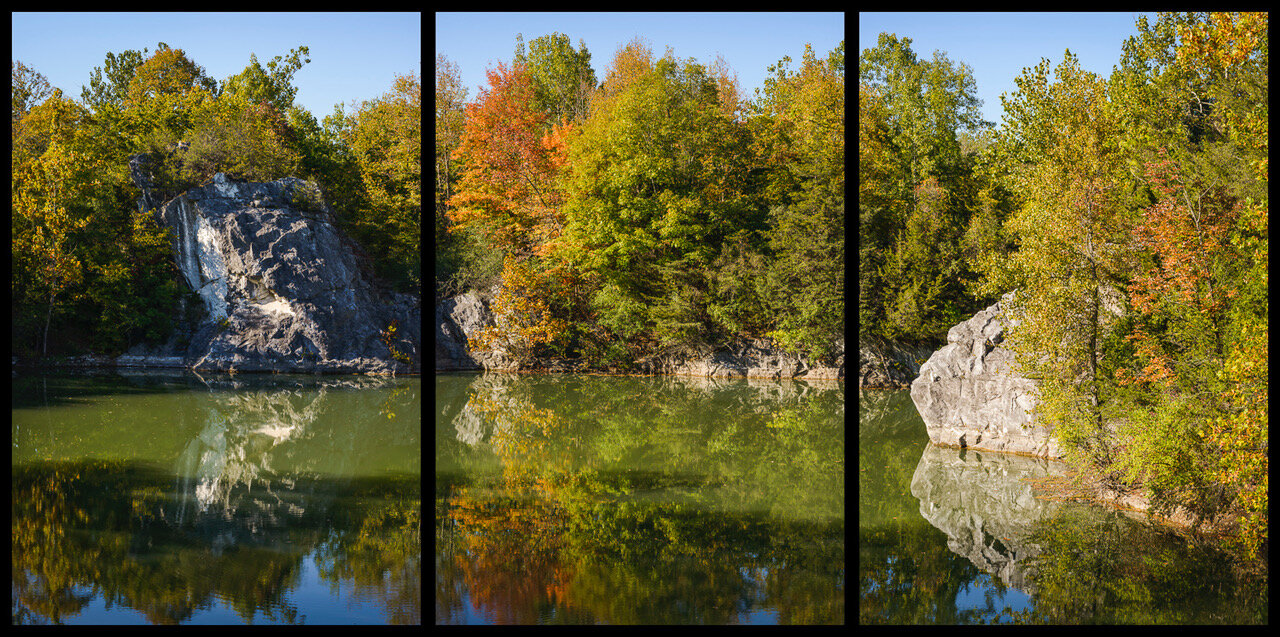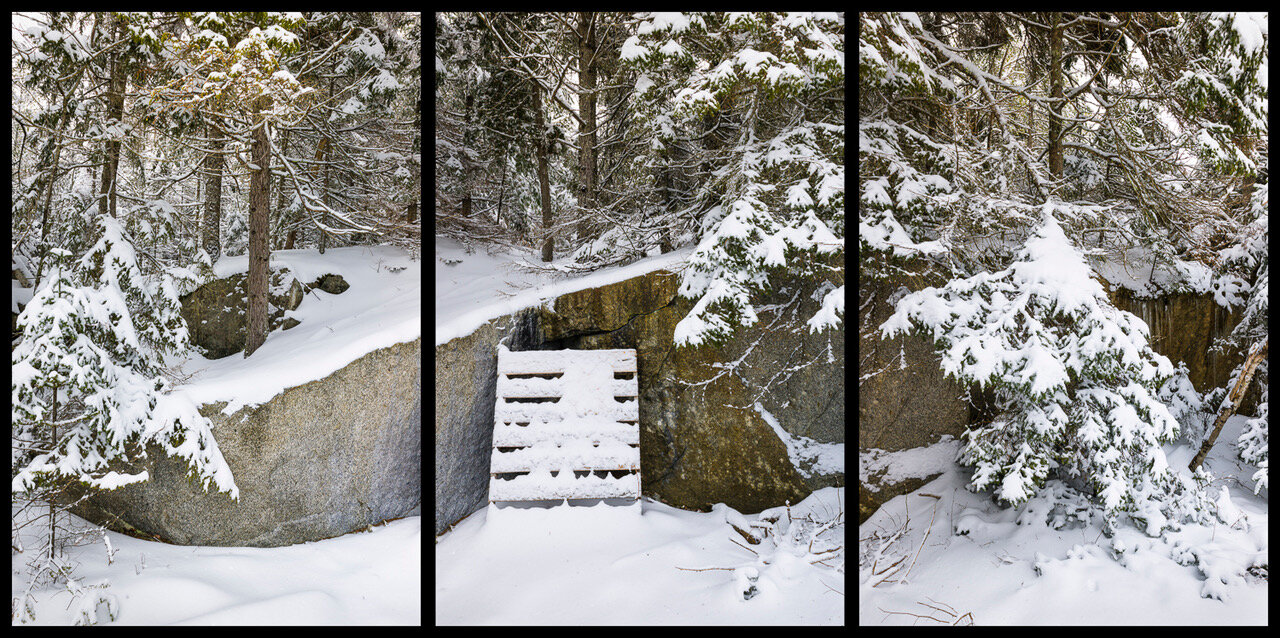“The first week of August hangs at the very top of summer, the top of the live-long year, like the highest seat of a ferris wheel when it pauses in its turning.
The weeks that come before are only a climb from balmy spring, and those that follow a drop to the chill of autumn, but the first week of August is motionless, and hot.
It is curiously silent, too, with blank white dawns and glaring noons, and sunsets smeared with too much color.
Often at night there is lightning, but it quivers all alone. There is no thunder, no relieving rain.
These are strange and breathless days, the dog days, when people are led to do things they are sure to be sorry for after.”
–Natalie Babbitt, Tuck Everlasting
Objective Mysteries
by Lauren Semivan
Lauren Semivan, Untitled, From the Objective Mysteries portfolio, October 4, 2021, Mixed media, 50 x 40 inches
Within photographs there exists a converging of two scales; the physical world - things in themselves as they are—and the interior world lying hidden in all things; a synchronism of the eternal and the everyday.
The camera exists as a tool for exploration of the limits of our vision and comprehension, of forces counter to the visible. The images in the series Objective Mysteries are the result of an investigation into the invisible: an identification and interrogation of potential signals. Photography is a tool for escape and an instrument for self-knowledge: a door into the dark.
This ongoing body of work has evolved through intense contemplative study and manipulation of an ephemeral sculptural environment. References to the physical world suggest rather than disclose, skewed by our own perceptions and associations. Color is an emotional descriptor, creating depth within a two-dimensional space. The marks on the surface suggest topographies; roads, rivers, passageways, or impressions from suggested movement; scratches on glass, stains, traces of events.
Compositions evolve, are photographed, and then devolve into the next image. Materials and objects photographed are discarded, secondary to the photograph itself. The re-telling of the moment becomes monumental to the moment itself. LS
Michel Monteaux’s Matters Matter
"I found it interesting to see how your series turns everyday garbage into something fragile and precious, revealing a mundane presence in the banal."
–Fabian Knierim, Curator at the Westlicht Photography Center, Vienna, Austria.
Michel Monteaux, Photographs from the Matters Matter Series, 2018-2019, Ink jet prints, 80 x 80 cm
From the past we inherit and enjoy art, architecture, books. These are the main imprints of civilizations.
Waste is now the most important, long lasting trace of our daily existence. Every day, each one of us throws garbage at home, in the street, in the wild. We accomplish this gesture in half consciousness and forget it a second later. But far from the eyes and mind, the wastes continue to evolve and is not inert matter. They become part of the moving universe and join billions of particles that make up energy and matter.
This photographic series presents some of these neglected traces of the history we share and the future we build. Crushed, swept, thrown, recovered after our passage, these wastes bear witness to a planetary lifestyle as complex as it is casual, as paradoxical as it is unequal. In an abstract way, the images just present garbage collected on the ground in the urban space. But strangely they challenge the eye, intrigue the mind, we have to guess what they represent. Is it something we know? Waste is not regarded as such until its true nature is revealed.
The Matters Matter series questions our relation to appearance, diversity, environment, and for some images the notions of life and death.
Plastics, Carcasses, Vegetals. Wastes are collected within the urban space. M M
A New Book by Elizabeth Opalenik
Workshop Stories
changed through photography
An Exhibition not to be missed
Bowdoin College Museum of Art, Transformations: New Acquisitions of Global Contemporary Art
July 1- January 20,2022
Transformations highlights contemporary art works acquired by the Museum in the last two years. The exhibition suggests how responsive artists of the recent past have been in addressing the different issues of our era.
Martine Gutierrez, Demons, Tlazoteotl “Eater of Filth,” 2018, C-print mounted on Sintra, hand-painted artist frame American. 41.5 x 28.5 x 1.5 inches, Bowdoin College Museum of Art
Martine Gutierrez, a Brooklyn-based performance artist, photographer, and filmmaker, explores the fluidity of identity through personal transformations, performances in which the artist creates and embodies imagined personas that cross boundaries and complicate constructs of gender, sexuality, and ethnicity. In Tlazoteotl, Gutierrez has taken on the persona of an Aztec deity of the same name, patroness, and purifier of sin and vice. The artist transforms herself through elaborate costume and headdress, combining reference to traditional Mayan fashion with contemporary interpretation and artistic license. The painted frame extends the composition beyond the traditional boundaries of the printed image and suggests that identity, too, is not so easily confined. Tlazoteotl is one of a series of works made for a single-issue high-gloss fashion magazine “Indigenous Woman,” created by Gutierrez in celebration of Mayan heritage and an exploration of the artist’s own fluid self-fashioning.
Tony Hall:
Photographs From Another Dimension
by Deb Dawson
”I create three-dimensional photographic dioramas that inspire the viewer to look beyond two dimensions. Best when seen in person,
these light boxes reveal an intimate sense of space, wonder and depth, encouraging the viewer to be immersed.” TH
Tony Hall, Willard Shacks, 2021, Transparency film, 13 x 13 x 5 cm (framed)
Sometimes you see a photograph that seems like it’s from another dimension in time. Tony Hall’s three-dimensional dioramas almost literally are. In his new series, Tony photographs buildings and landscapes using medium format transparency film then edits and layers the individual frames together assembled into a backlit frame. The resulting image is often a luminous, dreamy representation, where the film’s inherent qualities and defects add to Tony’s vision to transport the subject and viewer to another dimension.
Tony Hall grew up photographing skateboarders, experimenting with flash and motion which planted the seed to explore this interplay through his film studies at Emerson College and Maine Media Workshops + College in the early nineties. With degree in hand, Tony ventured out west to work in the Los Angeles film industry editing award-wining commercials and music videos for over twenty years. Also during the time while the world was transitioning to digital, Tony was exploring the qualities of good old analog reversal film, experimenting with moving and still images. Photographing the urban landscape with various E-6 reversal films, he began to explore the effects of making multiple exposures and stacking the processed frames to achieve a sense of depth and mystery where the layered colors of film emulsion naturally transform the scene.
After living the fast lane expressway life in Los Angeles, Tony returned to Maine for a total change of pace. Here, he could continue experimenting with the increasingly rare E-6 film stocks. In his new landscape, Tony began photographing buildings such as the iconic Olson house in Cushing, Maine with a cinematic eye making multiple exposures to achieve this magic hour quality of light when the transparencies are layered together. Tony’s wonderful cinematic vision and process transform Maine’s historic scenes into something otherworldly allowing the viewer’s imagination to conjure a new story in an old landscape.
Follow Tony’s series at Merganser Media
Tony Hall, Olson House 2, 2021, Layered transparency film, 13 x 13 x 5 cm (framed)
Manual Labor
by David Katzenstein
With an interest in humanity, David Katzenstein founded a nonprofit organization whose mission is to create and mount exhibitions of photographs depicting the human experience. (www.thehumanexperienceproject.net
Steeped in the tradition of documentary photography, Katzenstein seeks to imbues his work with immediacy, emotional engagement, and a deep respect for his subjects. Manual Labor is a series of portraits of a construction crew of young men in Merida, Mexico, photographed while on a break. They were working on renovating an old hacienda in the center of town, soon to become a luxury boutique hotel. The visual significance of their natural statue in comparison to the luxury rooms they were building was not lost on the photographer.
Tim Greenway
Tim Greenway, Roots to Rewire, 2018, Inkjet on aluminum, 36 x 24 inches
Mackworth Island Transformed: Rocks Reimagined explores the transformation of space within the context of both the physical and the psychological. Using the popular location of the rock formations near the pier on Mackworth Island in Falmouth as subject matter, Greenway’s photographs visualize imaginative landscapes by detailing the island’s geology. By focusing on the micro-ecology, and by transforming the familiar coastline into an abstraction of color, texture, pattern, and form, Greenway’s photographs reimagine a recognizable setting. The photographs thus transform the overarching space into detailed and abstracted images that reflect personal exploration as an escape from literal reality.
“Summer” from Voyage of the Sable Venus
by Robin Coste Lewis
(1964- )
Last summer, two discrete young snakes left their skin
on my small porch, two mornings in a row. Being
postmodern now, I pretended as if I did not see
them, nor understand what I knew to be circling
inside me. Instead, every hour I told my son
to stop with his incessant back-chat. I peeled
a banana. And cursed God—His arrogance,
His gall—to still expect our devotion
after creating love. And mosquitoes. I showed
my son the papery dead skins so he could
know, too, what it feels like when something shows up
at your door—twice—telling you what you already know.



